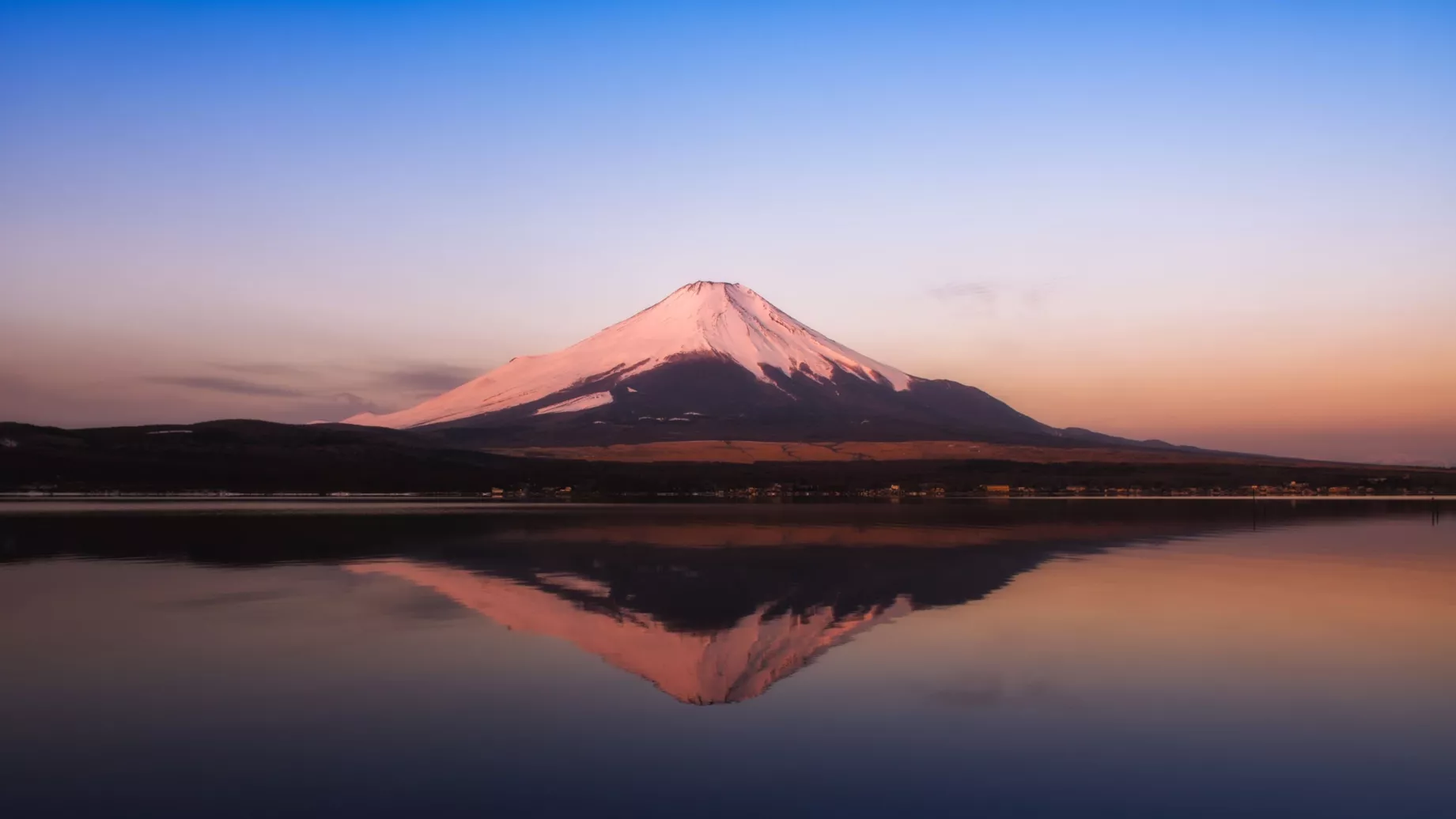Japan is one of the world’s largest mountainous nations, and it’s no wonder that mountain devotion has long been a part of Japanese culture. Mt Fuji, in particular, stands out among Japan’s mountains as a cultural icon.
Mt. Fuji is Japan’s highest mountain, standing around 12,388 feet. Its perfect volcanic-cone structure, which others compare to an inverted fan, is widely recognized and much adored.
Furthermore, Mt. Fuji is considered sacred by Japan’s two significant religions—Buddhism and Shinto—and Japanese from across all levels of society witness the influence of this natural symbol firmly embedded in the national psyche. And unlike other sacred mountains, religion insists that Mt. Fuji can be climbed, and thousands of people, both religious devotees, and tourists, do so each year.
Mt. Fuji And Its Significance
Mt. Fuji, Japan’s tallest active volcano, is located between Yamanashi and Shizuoka prefectures. It is one of the world’s most well-known mountains. Moreover, Mt. Fuji is also a stratovolcano, which means it is made up of several different cones. Furthermore, its intense eruptions produce composite cones that are made up of rock layers, ashes, and lava.
In addition, Mt. Fuji is an active volcano that stands on a tectonic “triple junction” where the Amurian, Okhotsk, and Filipino plates all intersect beneath it. Additionally, Tokyo, Japan’s capital and most populous city, was only 100 kilometers distant. That’s why the last time Mt. Fuji erupted, around the year 1707, volcanic ash fell on Tokyo.
Since ancient times, the mountain has been revered as a sacred site by the Japanese, and it has been ascended as part of mountain pilgrimage sites. Moreover, the Japanese admire Mt. Fuji for its appearance and its religious significance to Japanese culture.
Mt. Fuji: Routes And Tips For Climbing
Mt. Fuji has four different climbing pathways that lead to the top. Besides, there are routes for both novices and expert climbers, so you may pick the one which best suits your capabilities. These routes are the following:
● Fujinomiya, Shizuoka Trail
● Yoshida Trail
● Subashiri Trail
● Gotemba Trail
Regardless of whatever track you take on Mt. Fuji, individuals who climb the mountain are prioritized on passing the route—allowing climbers to pass first when the path is overcrowded. Also, don’t deviate from the ascending route to avoid colliding with other climbers. It’s dangerous since it could force rocks to fall. Stay with the tunnel’s designated area for climbing.
Here are some tips for climbing:
● Get appropriate hiking gear
● Choose a weekday for your hike
● Make sure you’re wearing waterproof pants and a jacket
● Prepare yourself by doing some light training beforehand
● Keep a close eye on the weather forecast
● Be efficient when it comes to water and food
● Get a detailed map of Mt. Fuji
● Take the Shizuoka route for a quick and easy trip.
Mt. Fuji is an important cultural and spiritual emblem for the Japanese people. Therefore, if you’re planning to climb the mountain, make sure that you’re completely prepared and aware of the proper etiquette so that everyone may have a wonderful day.



